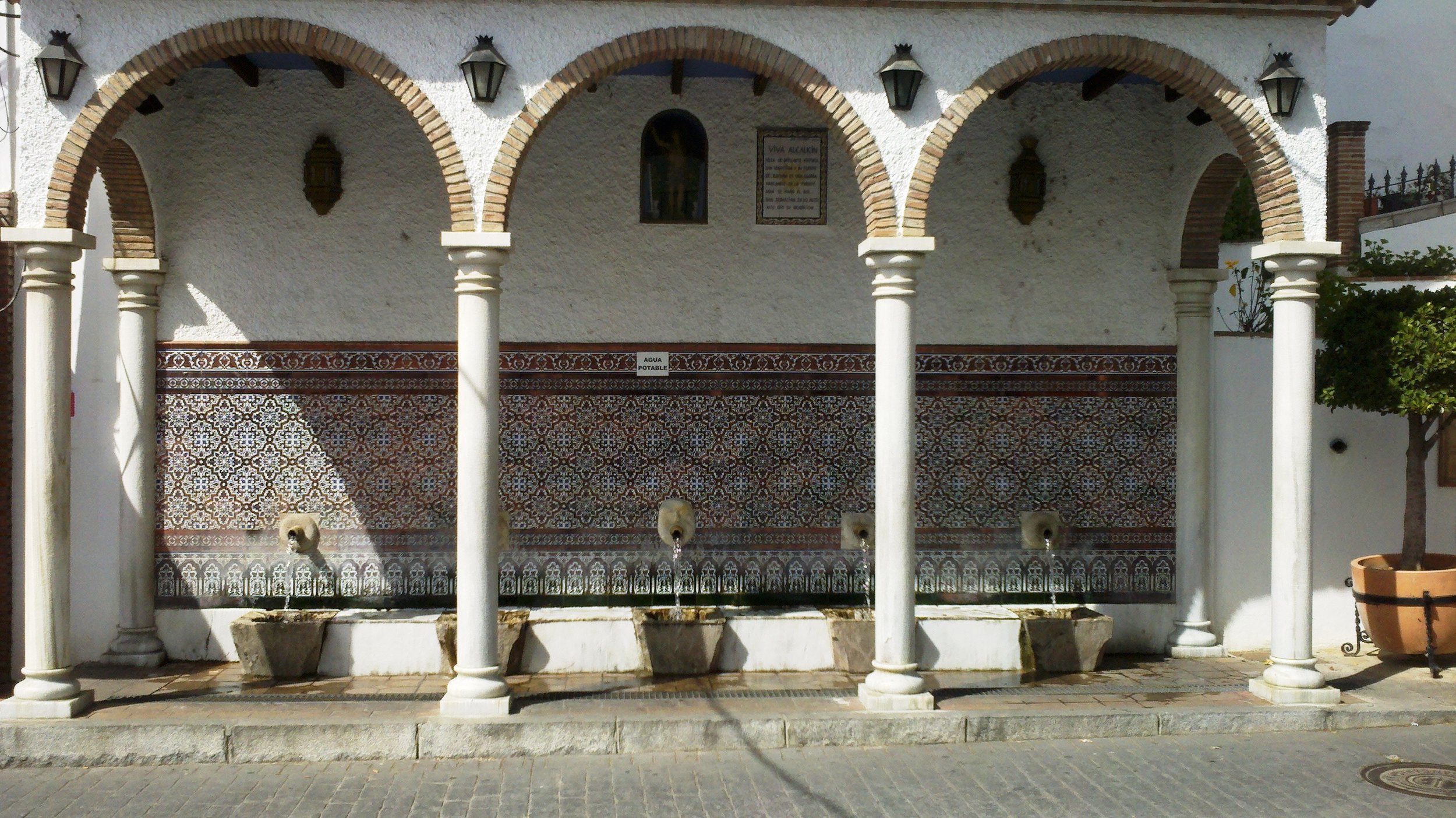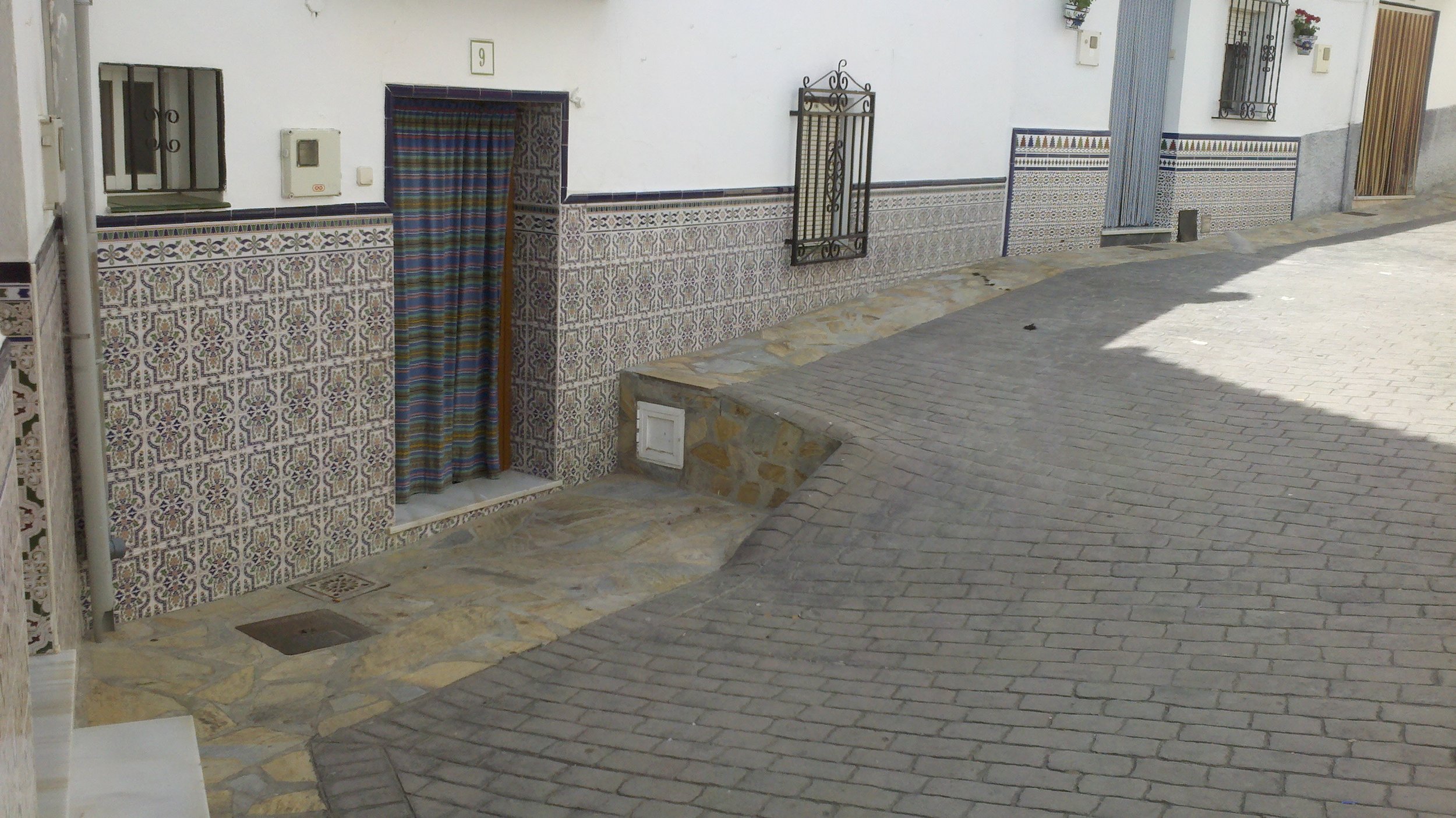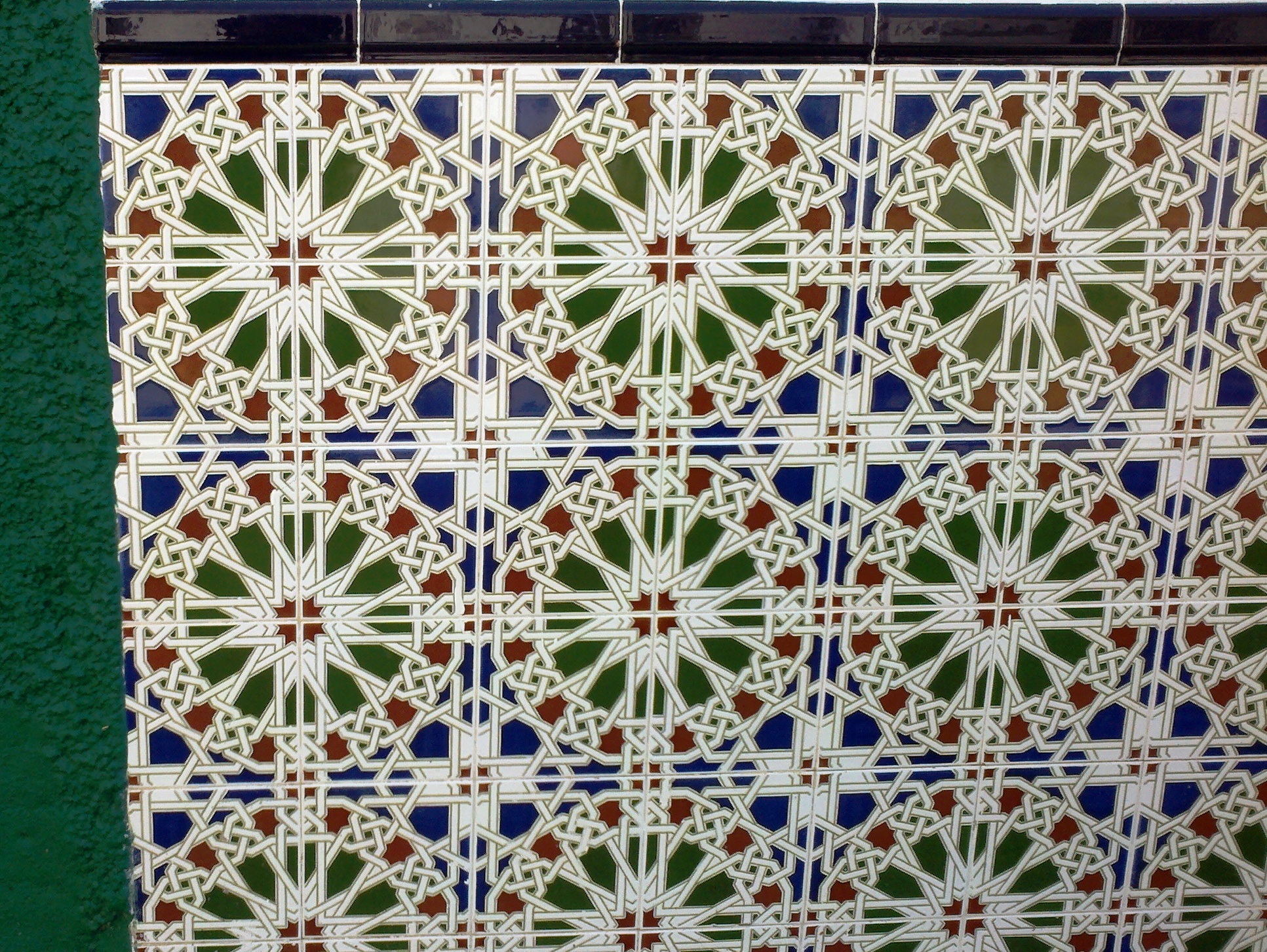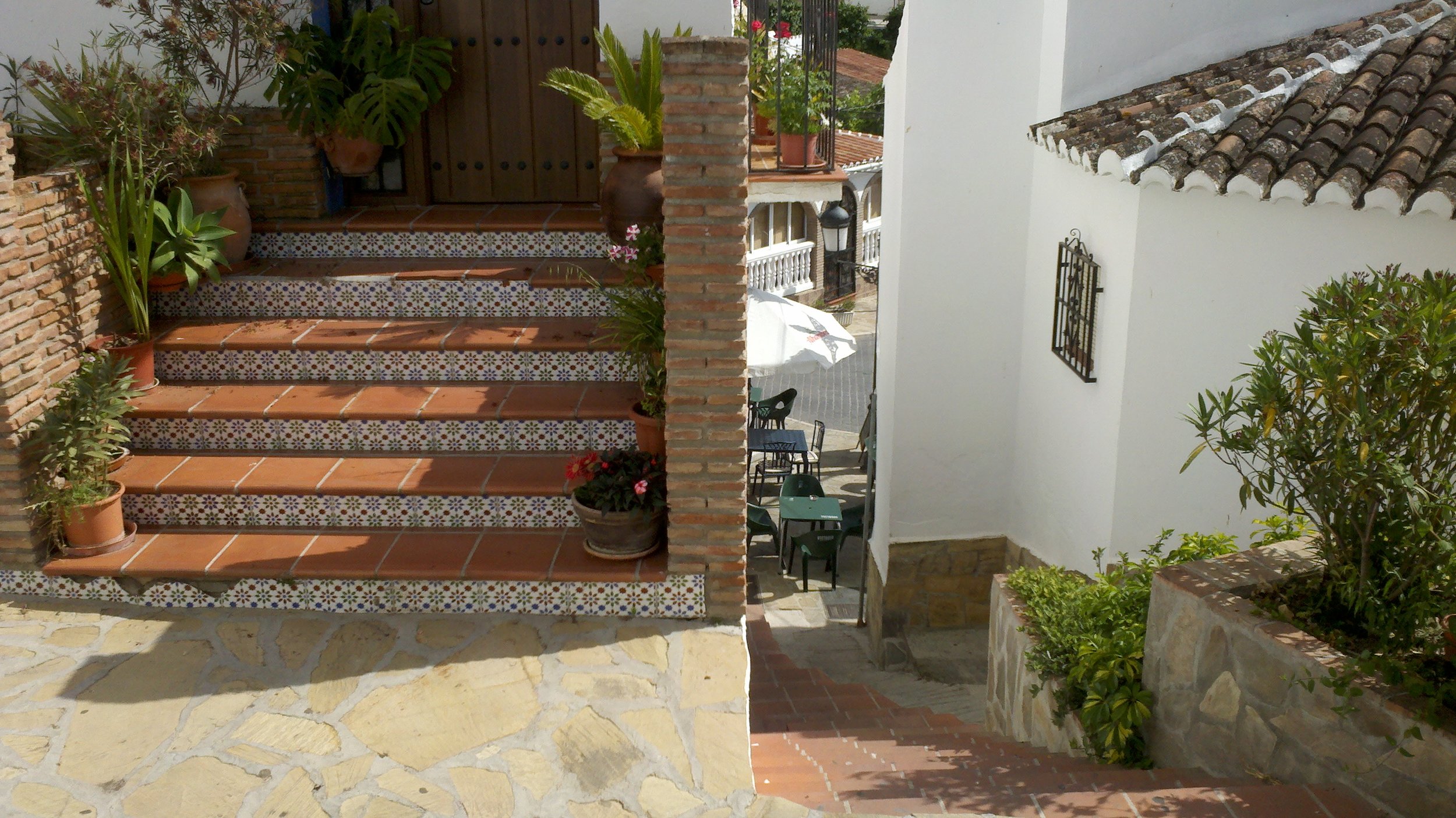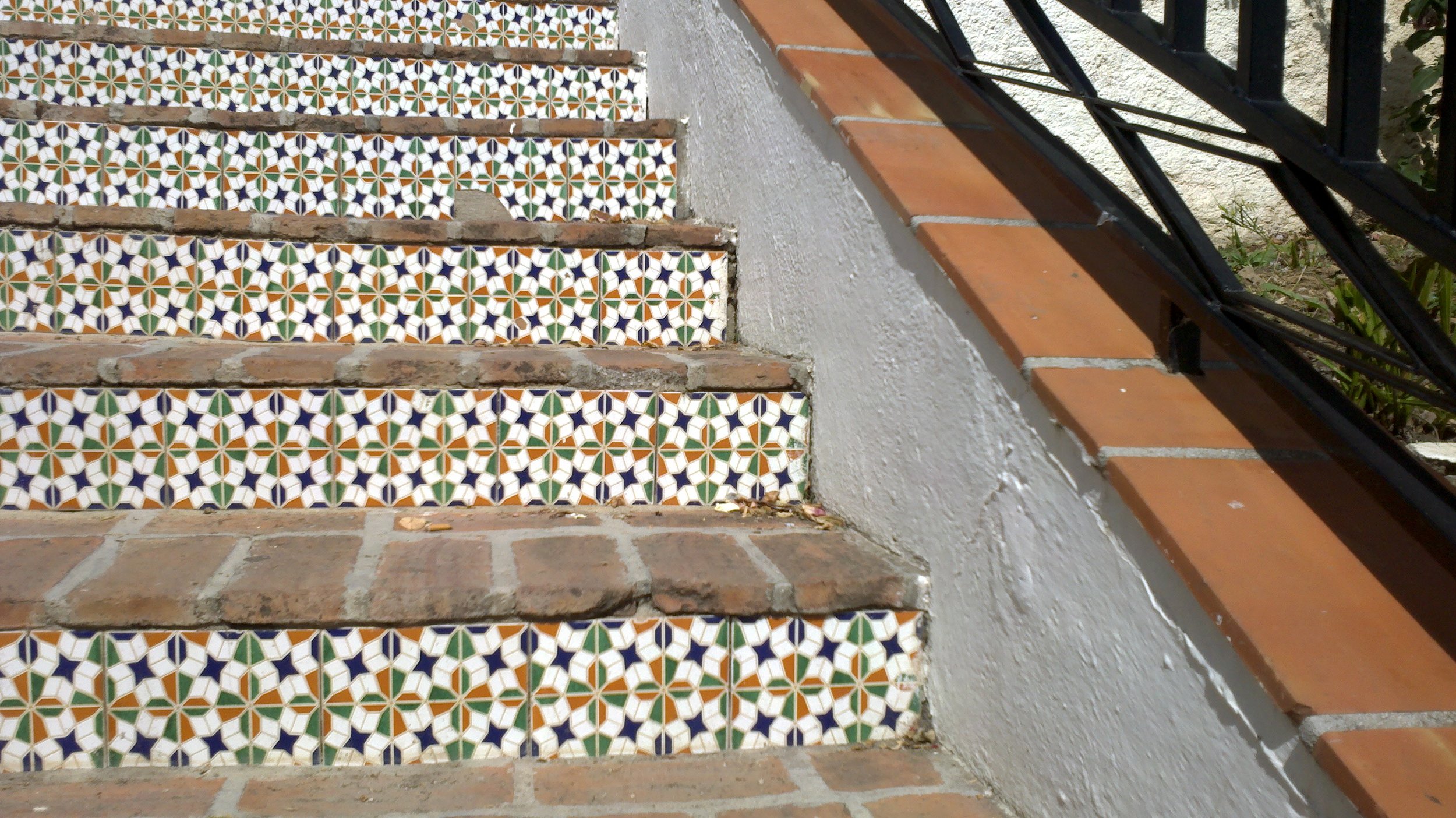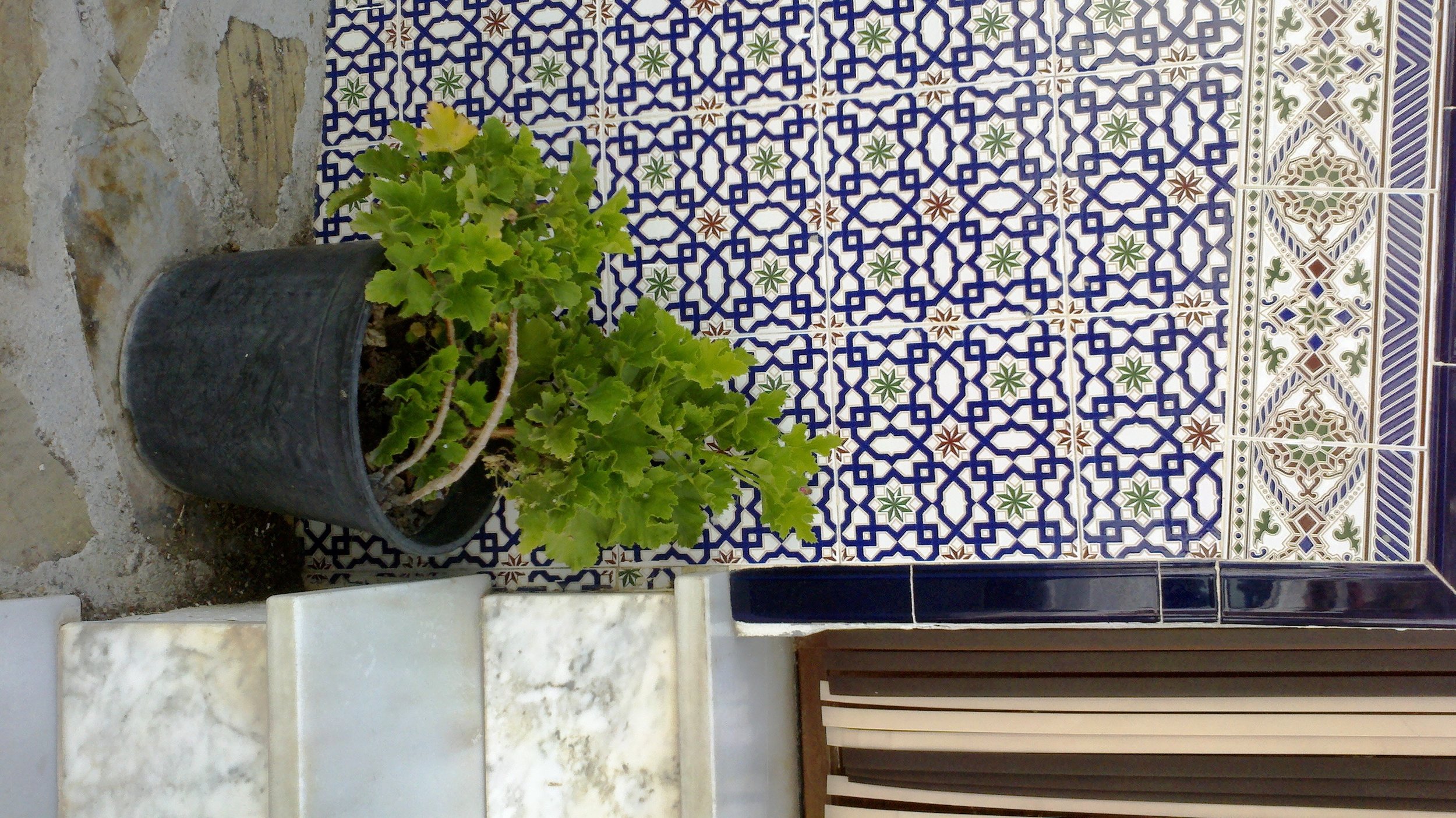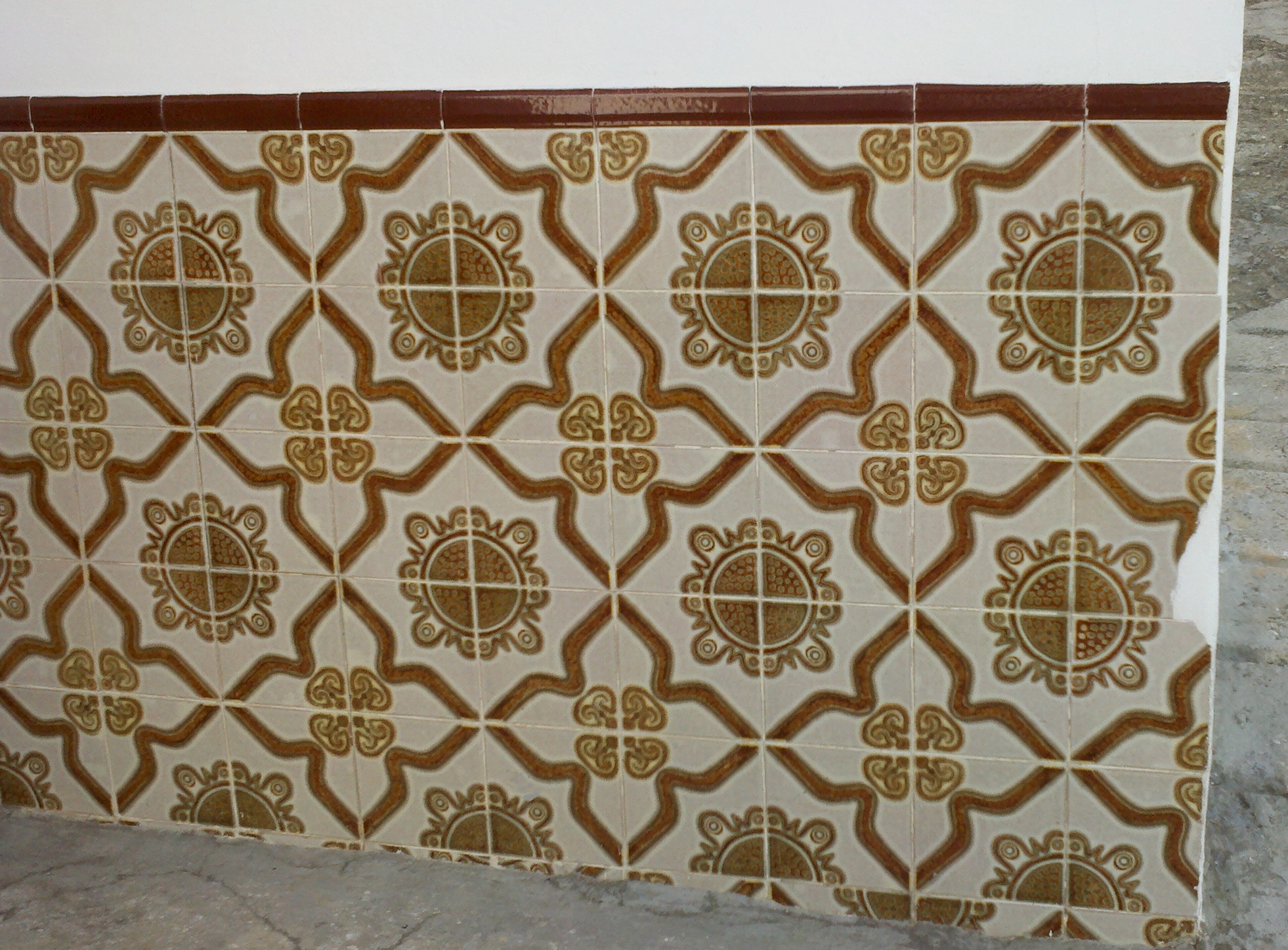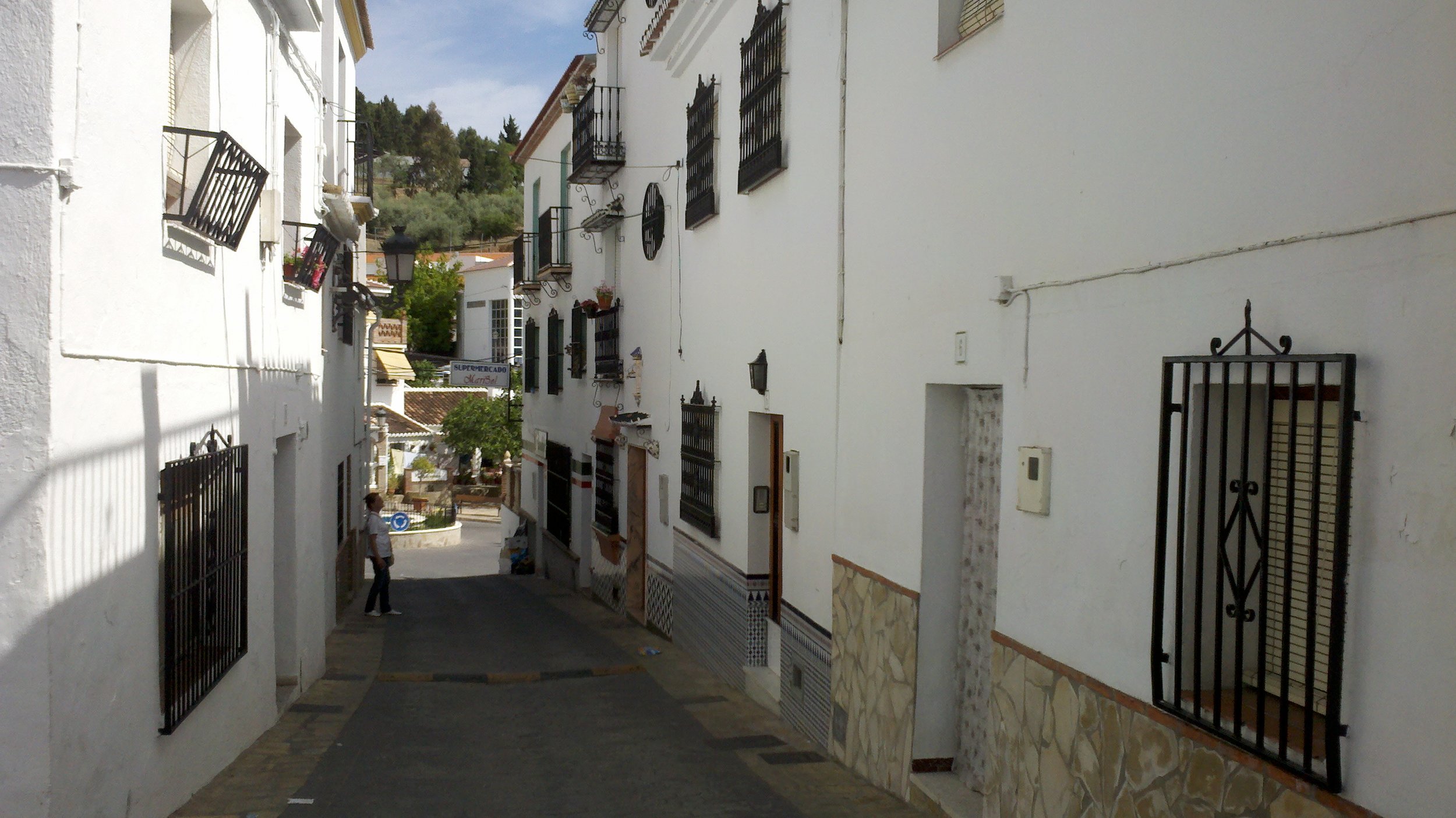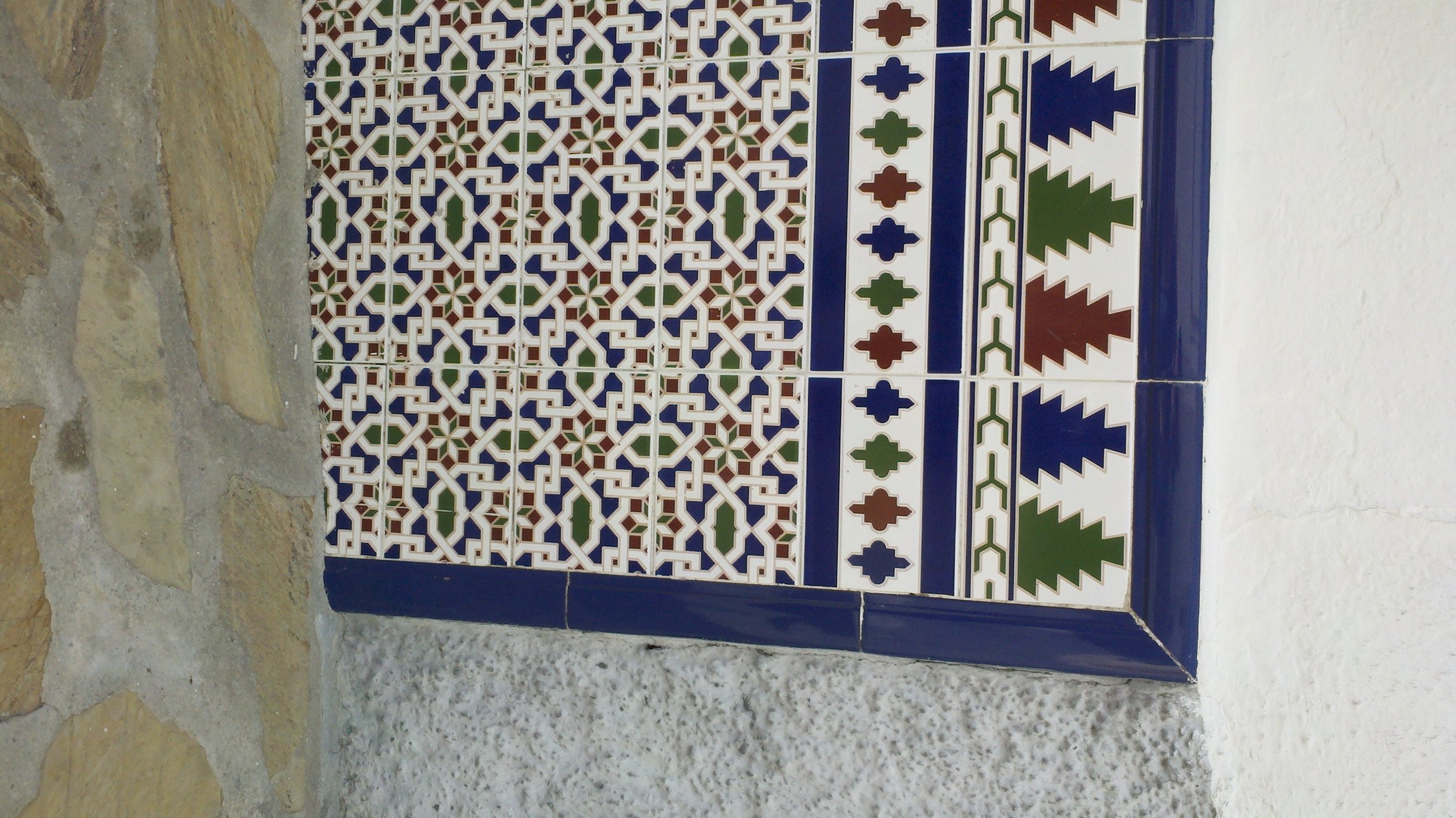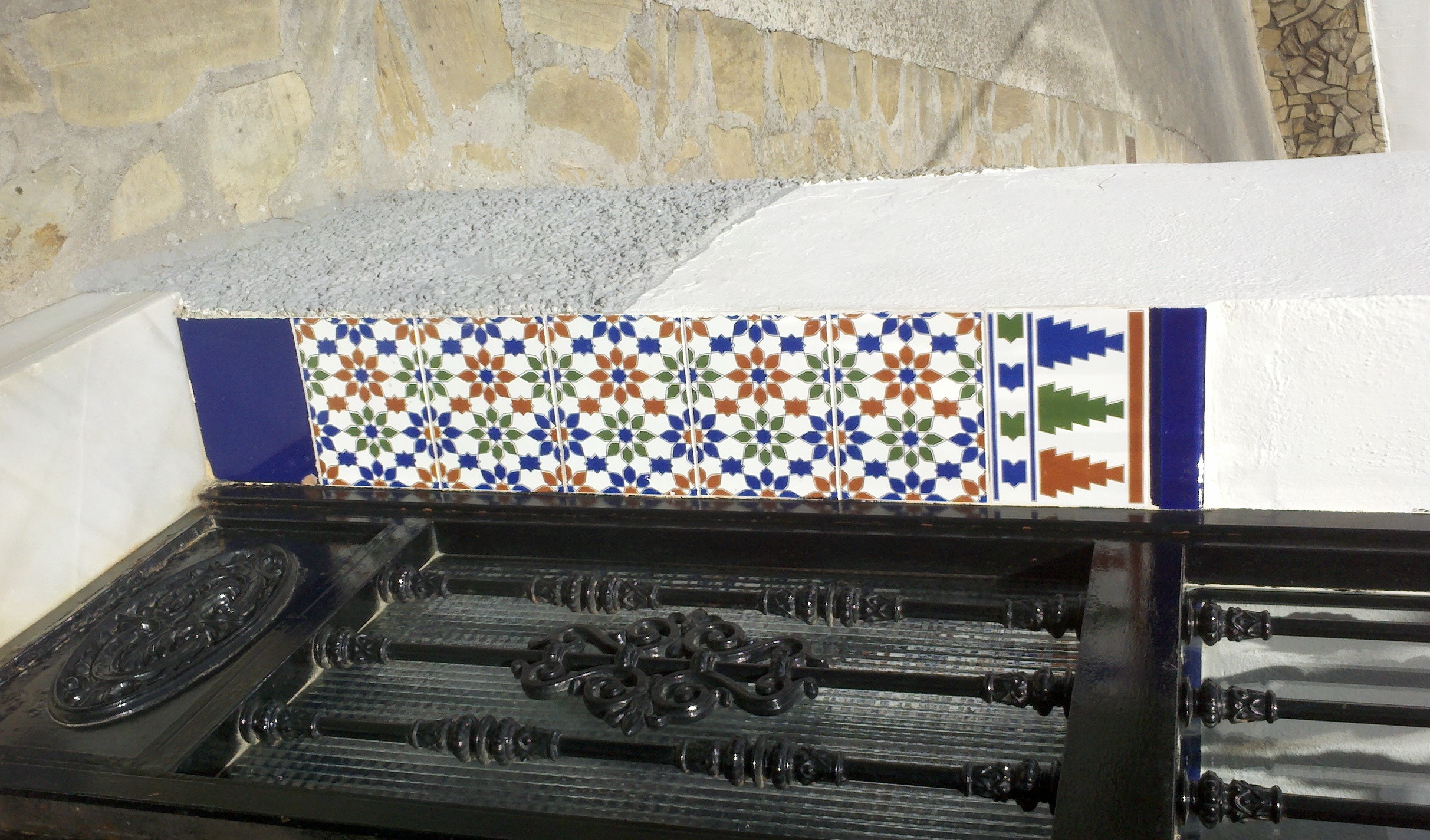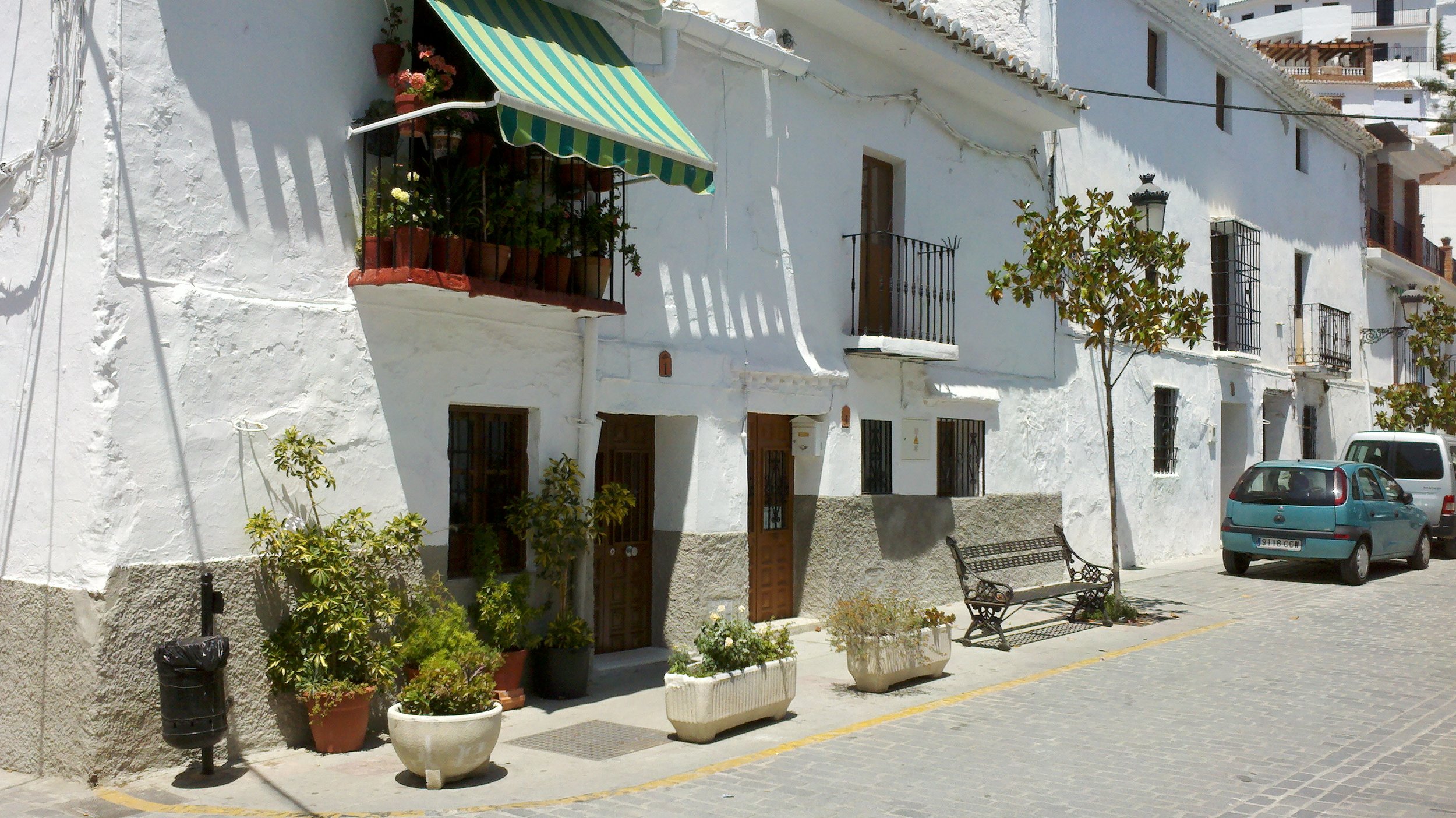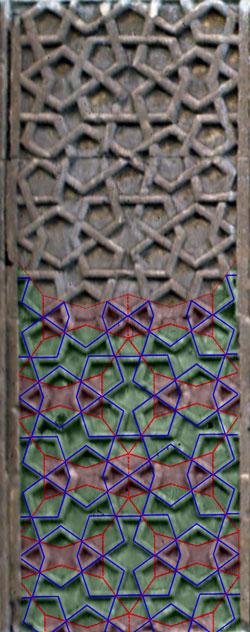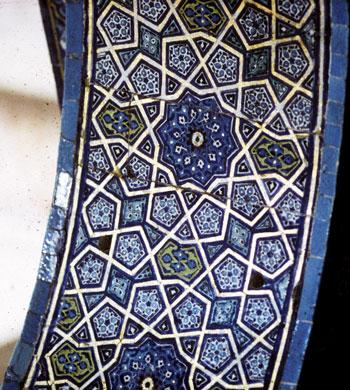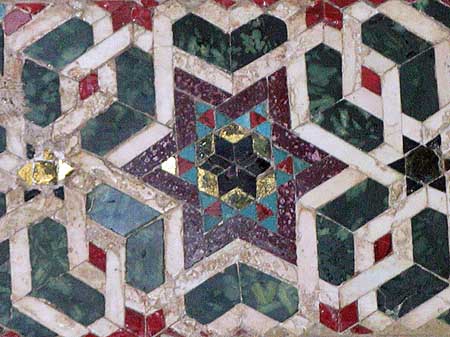 Some readers will already be aware of the Christian tradition of geometric and patterned art (see longer articles in the section Liturgy, Number, Proportion on the archive site). This was an adaptation of the patterned geometric art that we see in the pre-Christian classical period. TMC is, in a small way. The Way of Beauty class, students reproduce some of the patterns seen at the Romanesque Cappella Palatina in Sicily.The principles behind this geometric design echo the patterns and harmonies that are the basis of proportion and compositional design in traditional architecture and art (and they are surprisingly simple to learn – you do not need special artistic ability). Although all artists would benefit from this knowledge, this is not simply an artistic pursuit. It relates to the study of the traditional education called the ‘quadrivium’.
Some readers will already be aware of the Christian tradition of geometric and patterned art (see longer articles in the section Liturgy, Number, Proportion on the archive site). This was an adaptation of the patterned geometric art that we see in the pre-Christian classical period. TMC is, in a small way. The Way of Beauty class, students reproduce some of the patterns seen at the Romanesque Cappella Palatina in Sicily.The principles behind this geometric design echo the patterns and harmonies that are the basis of proportion and compositional design in traditional architecture and art (and they are surprisingly simple to learn – you do not need special artistic ability). Although all artists would benefit from this knowledge, this is not simply an artistic pursuit. It relates to the study of the traditional education called the ‘quadrivium’.
The quadrivium, four of the seven liberal arts (geometry, music, number and cosmology), is concerned with the study of cosmic order as a principle of beauty, and which is expressed mathematically. The patterns and rhythms of the liturgy of the Church reflect this order too. Christian geometric art is an abstract (in the sense of non-figurative visual representation) manifestation of Christian number symbolism. This aspect of traditional education came from the ancients too. Pope Benedict XVI, again in one of his weekly papal addresses, described how St Boethius worked to bring this aspect of Greco-Roman culture into a Christian form of education, by writing manuals on each of these disciplines. In the medieval university, he seven liberal arts were the basis of qualification of the Bachelor of Arts (the Trivium), the Master of Arts (for the Quadrivium) and these then were the preparation for further study in the higher subjects of Theology or Philosophy, for which one could receive a Doctorate.
Geometry is not now, to my knowledge, a living tradition as a Christian art form. By the time of the Enlightenment the acceptance of number symbolism had fallen away and it died out.
 I recently taught an undergraduate class about Islamic geometric patterned art at Thomas More College. This tradition, an example from a tile at the the Alhambra in Granada is shown right, is derived from the Byzantine patterned art of the lands they conquered (and of course the classical mosaics and other patterned art that preceded them). Because Islam was forbidden completely, in its strictest interpretation, from any figurative art, their focus on abstract art forms was intensified. Islamic craftsmen took what they had taken from the Byzantine craftsmen and developed it into something more complex than had previously existed.
I recently taught an undergraduate class about Islamic geometric patterned art at Thomas More College. This tradition, an example from a tile at the the Alhambra in Granada is shown right, is derived from the Byzantine patterned art of the lands they conquered (and of course the classical mosaics and other patterned art that preceded them). Because Islam was forbidden completely, in its strictest interpretation, from any figurative art, their focus on abstract art forms was intensified. Islamic craftsmen took what they had taken from the Byzantine craftsmen and developed it into something more complex than had previously existed.
The question I asked that first class was: can we safely take it back? That is, in order to reestablish this as a Christian form, can we look to the Islamic art form and re-form it into Christian tradition again?
I was pleased that in response my class said, yes. (Teachers are always pleased when their class agrees with them!) They understood further that while we can adopt some of the forms, we don’t have to adopt the Islamic numerical symbolism as well. Islamic number symbolism is similar, but crucially different from the Christian symbolism. (The number three and the Trinity come to mind immediately.) That is, it is always important to make sure that due proportion is used – that the number symbolism contained within the symmetry of the pattern is appropriate to the place where it is used, when understood in Christian terms.
For the final project of the semester I suggested to them that they consider how to incorporate some of the patterns they are learning to draw one that could be used in the floor of the sanctuary of a church. (The class in the Way of Beauty summer program will be doing something similar.)
The day after introducing the topic to the TMC students, I stumbled across this website, www.thejoyofshards.co.uk which is a great resource of images of mosaics and opus sectile work. Its gallery ranges from the floors in the offices of a Victorian architect in Norwich to Roman villas and the great churches of the world. The section on Sicilian mosaics has 80 photographs of the Palatine Chapel in Palermo. This revealed that precisely what my class was proposing had been done by the Norman king, Roger II of Sicily when he built his private chapel in the 12th century. He employed not only Christian mosaicists and Cosmati pavement specialists who produced geometric art in the Christian tradition, but also Islamic craftsmen. He instructed them to produce patterns obviously derived from those that can be seen in mosques and adapted for Christian use. This a model that would be well worth further study and I hope any architects reading this might consider commissioning something like this. I have included some photographs below of the chapel, and one pattern from a mosque for comparison; and you can see more at joyofshards.co.uk.
Below are examples of opus sectile (cut work) from the Palatina)







